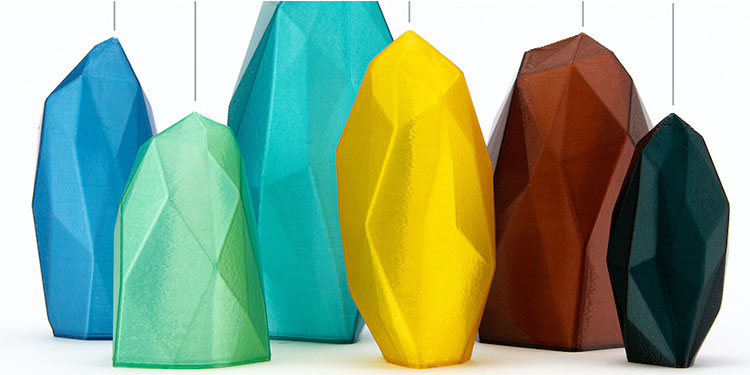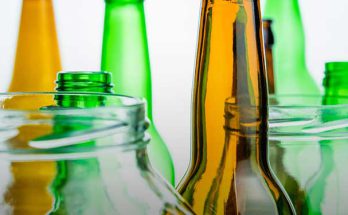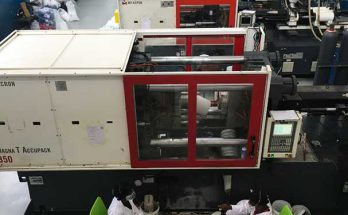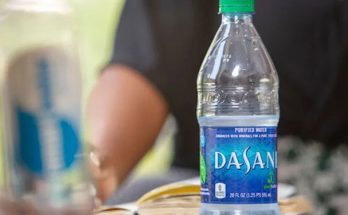 Reflow a vendor of 3D printing filament has initiated an ecological spectrum of translucent materials knows as ‘Seaglass’.
Reflow a vendor of 3D printing filament has initiated an ecological spectrum of translucent materials knows as ‘Seaglass’.
Reflow’ six rPETG substances are produced from plastic which is sourced locally and encouraged from the ‘natural wild beauty’ of the environment ’ With Reflow’ s new range of polymers, their focus is to restrain and clarify the extensive 3D printing industry offering towards plastic pollution worldwide.
Founded in 2015, Reflow may be a corporation that aims to tackle plastic pollution by providing sustainable design and manufacturing alternatives. The company has achieved several awards towards its sustainable practices over the past five years.
Reflow Being a waste collector of plastic evaluates the recyclability of the polymeric refuse’ by recognising and hunting out plastic materials which are concealed in the trash. Following this, the company creates 3D printable materials through an extrusion process at its production facility within Netherlands.
In the past, Reflow has donated five percent of its profit invested within the African 3D printing industry.
Reflow has also provided Tanzania with an open-source platform to provide 3D printer filament sustainably. The device are often built for just $1,500 and should create approximately 10kg of profitable 3D printer filament per-day. Within the machine, only specific variety of bottles are used to ensure production of high-quality filament, and thus the general project provides a leg-up to the international industry.
Reflow has adhered to an environmental concept while naming its six new translucent filaments, by bestowing them names like Seafoam Green, Nautical Blue, Midsummer Glow,, Arctic Breeze, Dark Emerald and Burnt Amber. To prove what its filaments are capable of creating, Reflow also 3D printed a group of multicolored gems that peak with a high spectrum of color at different infill’s and light-weight settings.
In rPETG the letter ‘G’ represents glycol, an added ingredient which causes the material to be less fragile and more enduring. rPETG is made from Polyethylene Terephthalate (PET) waste like plastic containers and bottles. In the global recycling ecosystem there is a wide use of these because of its ethically-sourced ingredients.
Eventually the plastic carries sufficient strength and durability with high resistance to high temperatures as shown in the multicolored gems. There is a good compatibility of rPETG with regular desktop 3D printers and the strength characteristics of the polymers’ makes it convenient in the use of sectors like medical practices, electronics and pharmaceutical.



